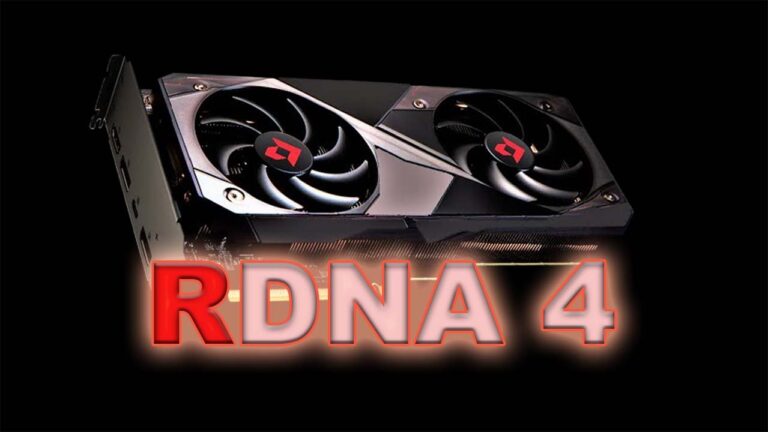
Building a gaming PC in 2024 is all about choosing the right GPU. It’s the core of your gaming experience, and the competition is fiercer than ever. While AMD and Nvidia continue their long-standing rivalry, Intel Arc GPUs are now shaking things up in the budget sector.
Let’s break down the performance, features, and pricing of GPUs from AMD, Nvidia, and Intel to help you make an informed choice.
AMD vs Nvidia: The Battle for Rasterized Gaming Performance
Rasterization is the process of converting 3D objects into 2D images for display. It’s a key factor in gaming graphics, and AMD shines here. In traditional rasterised games, AMD GPUs like the Radeon RX 7800 XT often outperform similarly priced Nvidia GPUs like the GeForce RTX 4070 GPUs.
On the other hand, Intel Arc GPUs, like the Arc A750, struggle with rasterization performance. While they’re competitive at lower price points, inconsistent driver support can lead to varying results across games.
Ray Tracing: Nvidia Still Leads the Pack
Ray tracing creates realistic lighting, shadows, and reflections, transforming the visual quality of games. Nvidia dominates this space with its RTX 4000 series, particularly high-end models like the RTX 4080 and RTX 4090.
AMD has made significant progress with its RDNA 3 architecture. GPUs like the Radeon RX 7900 XTX offer competitive ray tracing performance but still lag behind Nvidia’s top-tier cards. Surprisingly, Intel GPUs deliver decent ray tracing performance for their price, occasionally rivalling AMD.
Upscaling Technologies: DLSS vs FSR
Upscaling technologies like Nvidia’s Deep Learning Super Sampling (DLSS) and AMD’s FidelityFX Super Resolution (FSR) are game-changers for high-resolution gaming.
- DLSS 3.5 remains the gold standard, offering excellent performance boosts and image quality.
- FSR 3 has improved significantly, closing the gap with DLSS. It also works across AMD, Nvidia, and Intel GPUs, offering greater flexibility.
- Intel’s upscaling technology is improving but still trails behind Nvidia and AMD in quality and adoption.
Power Efficiency and Driver Stability
Nvidia GPUs generally have better power efficiency, using less energy for similar performance levels compared to AMD. This makes them a great choice for those who value a cooler and quieter setup.
In terms of driver reliability:
- AMD has resolved many past issues, now matching Nvidia in stability.
- Nvidia remains a leader, but occasional driver bugs are quickly fixed.
- Intel, however, continues to face challenges with inconsistent driver updates, leading to game compatibility issues.
Pricing: Finding the Best Value
The GPU market is competitive, with AMD offering excellent value in the mid-range and budget segments.
- Budget Options: The AMD RX 7600 delivers solid 1080p performance at around $250. Intel’s Arc A750 is also a viable choice but comes with driver-related risks.
- Mid-Range Choices: AMD’s RX 7700 XT and Nvidia’s RTX 4070 excel at 1440p gaming, priced around $400-$600.
- High-End and 4K Gaming: Nvidia’s RTX 4080 and AMD’s RX 7900 XTX are excellent for immersive 4K gaming.
- Ultimate Performance: The Nvidia RTX 4090 remains unmatched for flawless 4K gaming, but its $1,500+ price tag limits its appeal.
Final Thoughts: AMD vs Nvidia vs Intel
For budget-conscious gamers, AMD offers a perfect balance of affordability and power. If you’re into 1440p gaming, both AMD and Nvidia have strong contenders. For high-end 4K gaming, Nvidia leads the way, but AMD is narrowing the gap.
Intel GPUs are improving but still fall short in consistency. However, their competitive pricing makes them a decent option for those willing to deal with occasional driver issues.
Choose based on your budget, resolution needs, and preferred gaming experience, and you’ll end up with a GPU that enhances your setup.





